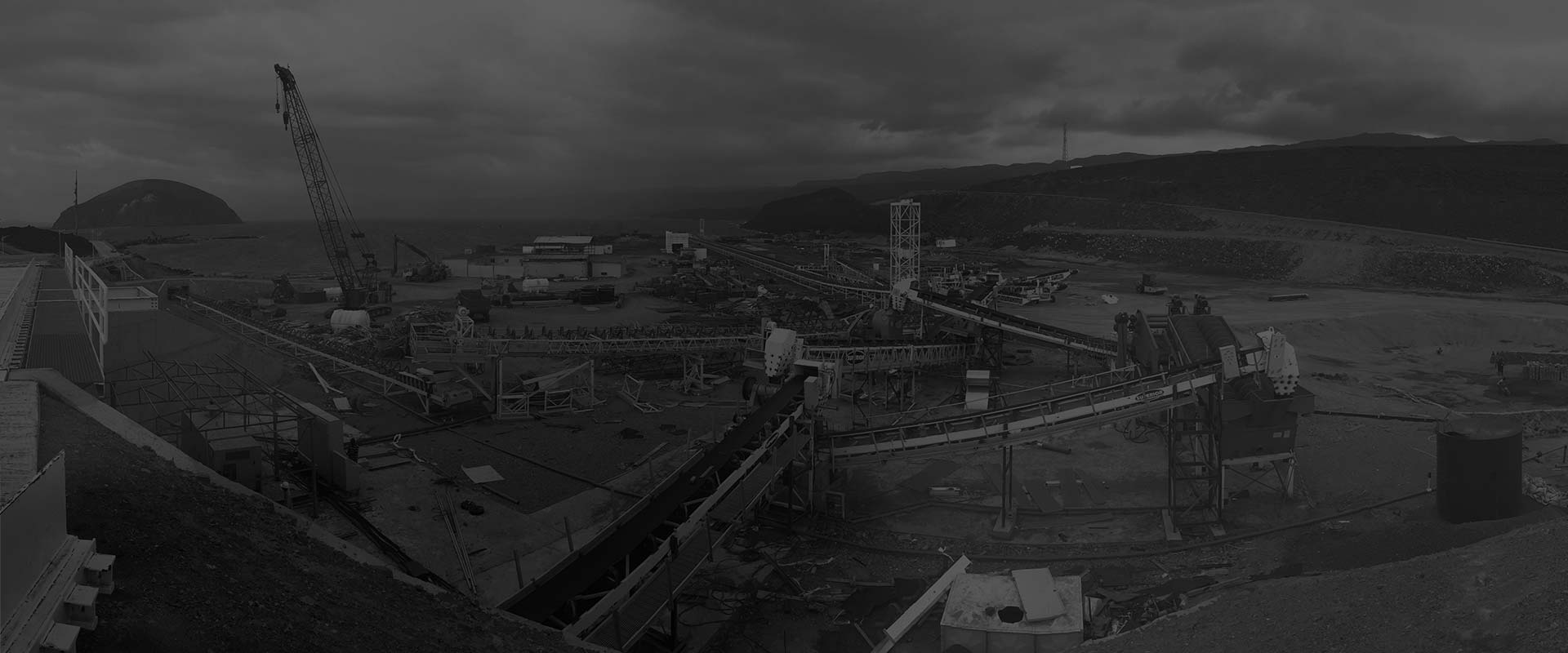0086-379-64087240
In addition to ball mills, there are rod mills in the grinding equipment of the dressing plant. Although there are no ball mills for a wide range of applications, for some special materials and grinding fineness, choosing rod mill will work more efficiently and meet the requirements. Therefore, the rod mill is still useful. Here CIC rod mill manufacturer will introduce the working principle and characteristics of the rod mill, and tell you what kind of material the rod mill is suitable for.
At present, most of the rod mills commonly used in dressing plants are overflow-type rod mills, whose structure is roughly similar to that of overflow-type ball mills, but there are still some differences in the structure and the grinding media used for china ball mill, among which the grinding media uses long round rods; In terms of structure, the curvature of the conical end cover of the rod mill is relatively small, the inner side is covered with a smooth lining plate, the lining plate on the cylinder body is mostly made of uneven lining plate, and the diameter of the hollow shaft for ore discharge is relatively large. In addition, it is basically the same as the overflow ball mill of the same specification.
The characteristics of the rod mill are that the particle size of the product is relatively uniform, and it contains less coarse particles and slime. The particle size of the product is related to the working conditions of the crushed minerals. When the steel rod hits the minerals, it first hits the coarse grains, and then grinds the small grains. Therefore, the phenomenon of over-grinding is effectively reduced. When the steel bar rises along the lining plate, the coarse particles are sandwiched between them, allowing the fine particles to pass through the gaps of the bars, which is also conducive to crushing the coarse particles, so that the coarse particles are concentrated in the place where the grinding medium hits.
(1) Rod mills are mostly used in gravity separation or magnetic separation plants of tin ore and other rare metal ores, in order to prevent the harm caused by excessive crushing.
(2) The rod mill can be used for the second-stage grinding operation in the concentrator. If the first-stage grinding operation is from 20~6mm to 3~1mm, the rod mill is used as the first-stage grinding equipment, and its productivity is large. And the efficiency is also higher. The main reason is that the surface area of a rod load of a certain weight is much smaller than that of a ball load of the same weight, so the productivity and efficiency of rod grinding are lower than that of ball grinding when performing two-stage fine grinding.
(3) In some cases, the rod mill can replace the short-head cone crusher for fine crushing. When dealing with softer or lower hardness ore (or more viscous ore), use a rod mill to grind 19-25 ore to 6-10 mesh, and use a short-head cone crusher and a sieve to form a closed circuit The configuration is simple and the cost is low, and the dust removal in the crushing workshop can be simplified. (In view of this situation, it is necessary to determine the hardness of the ore, and which crushing equipment or rod grinding equipment should be selected in the design, and the actual plan should be customized according to the specific situation.)
After understanding the structure and characteristics of the rod mill, we believe that you can be more comfortable in the selection of the rod mill, and then master the applicable materials of the rod mill, can you easily choose the grinding mill machine?
